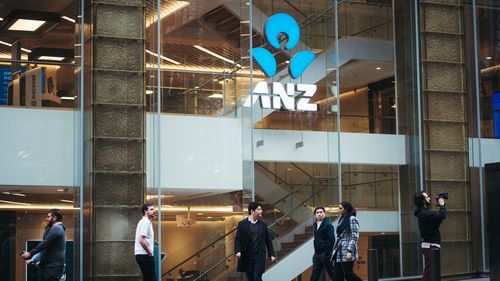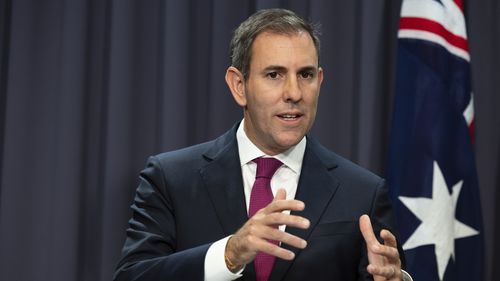Just weeks after it became the last of the big four banks to lower fixed mortgage rates, ANZ has once again cut the interest rates on some of its fixed home loans.But the offer hasn't been extended to everyone – only borrowers considered to be low-risk are eligible for the new lower rate, while rates have increased for high-risk customers.For owner-occupiers with a loan-to-value ratio (LVR) of 80 per cent or less – those with a deposit of 20 per cent or more, who are considered to be safer by financial institutions – ANZ has cut its fixed rates by 0.25 per cent.

ANZ has once again cut the interest rates on some of its fixed home loans. (Dion Georgopoulos)For higher-risk borrowers with an LVR above 80 per cent, though, the same rates have been increased by 0.15 per cent."ANZ's decision to cut fixed rates again looks like a strategic play to secure lower-risk borrowers in an uncertain environment," Mozo personal finance expert Rachel Wastell said."While that's great news for those with strong equity, for borrowers with more than 80 per cent LVR, it's not looking good."It's already extremely difficult for borrowers with more than 80 per cent LVR in the current market due to the high cost of lenders mortgage insurance – and ANZ's removal of the 15-basis-point discount for higher LVR borrowers adds yet another barrier."The move comes about a fortnight after ANZ became the last of the big four banks to cut its fixed-rate offers."The fact that ANZ cut their fixed rates just two weeks ago and is now cutting again for lower-risk borrowers while increasing rates for higher LVRs is quite telling," Wastell said."It clearly shows where their priorities lie. "Major lenders have been lowering fixed rates since August in an attempt to attract customers with the official cash rate expected to drop some time in the coming months.But exactly when that first cut from the Reserve Bank will come remains a mystery.Governor Michele Bullock has repeatedly warned that such a move isn't on the immediate horizon, while at the same time acknowledging the central bank will respond accordingly to economic data.

Jim Chalmers said cost-of-living pressures will still persist even though inflation is expected to be at its lowest level in years later this week. (Alex Ellinghausen/SMH)Bullock and her board will get one crucial set of updated figures on Wednesday, when the Australian Bureau of Statistics releases consumer price index data for the September quarter.That is expected to show inflation either back in or close to the Reserve Bank's target range of 2-3 per cent on the back of the federal government's energy bill rebates and falling fuel prices.Treasurer Jim Chalmers cautioned, though, that the lowest inflation figures in years won't mean the end of cost-of-living pressures. "We recognise people are still under pressure, but we are making very welcome, very encouraging, very substantial progress in the fight against inflation," he told the ABC this morning."We've seen underlying inflation come down for something like 6 quarters in a row and when we get those new numbers on Wednesday… that will show that we've made good progress."But we don't pretend that getting those inflation numbers down, even though we've been able to get them down substantially, we know that that doesn't mean that the pressure is suddenly eased or lifted."

